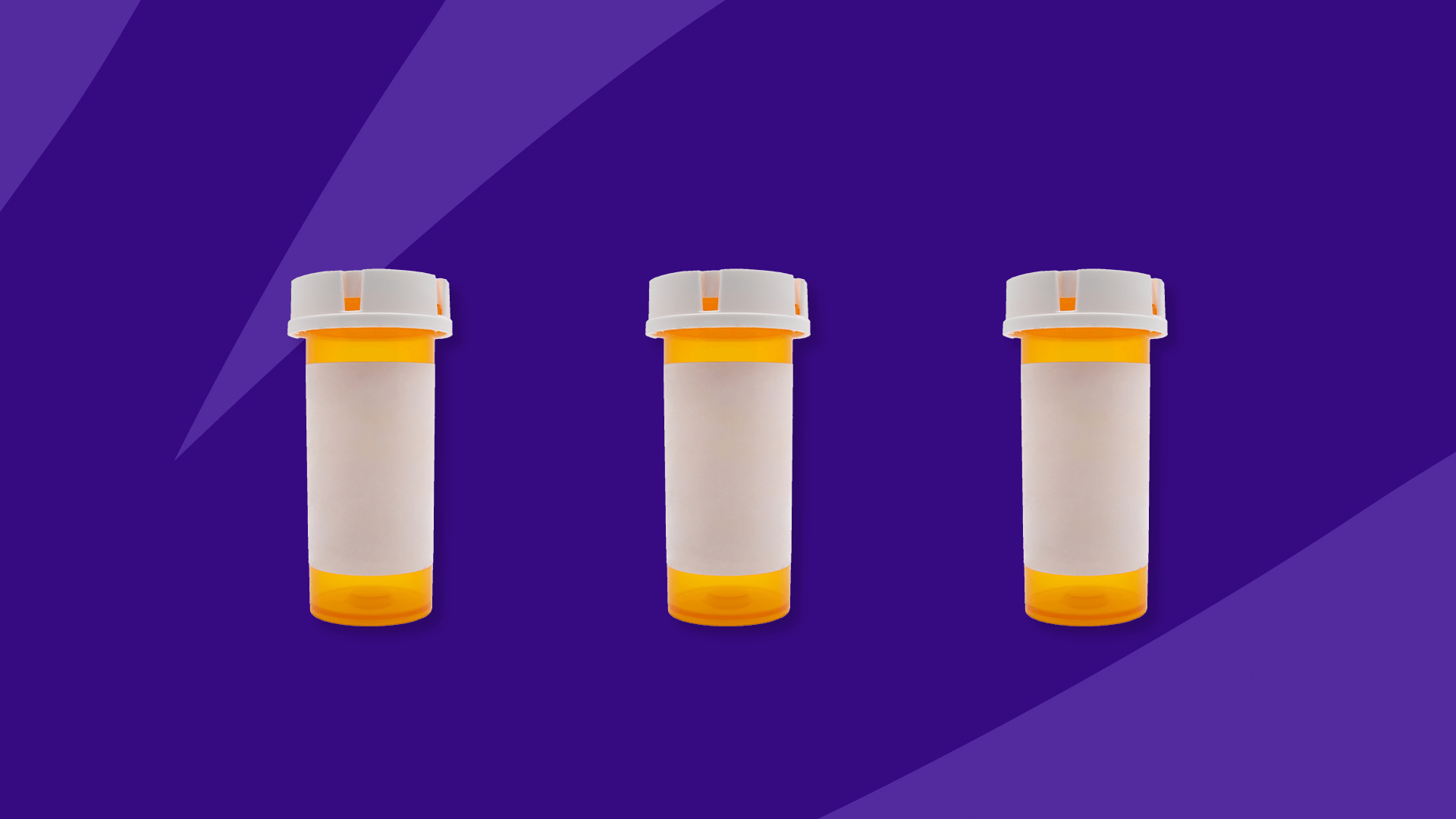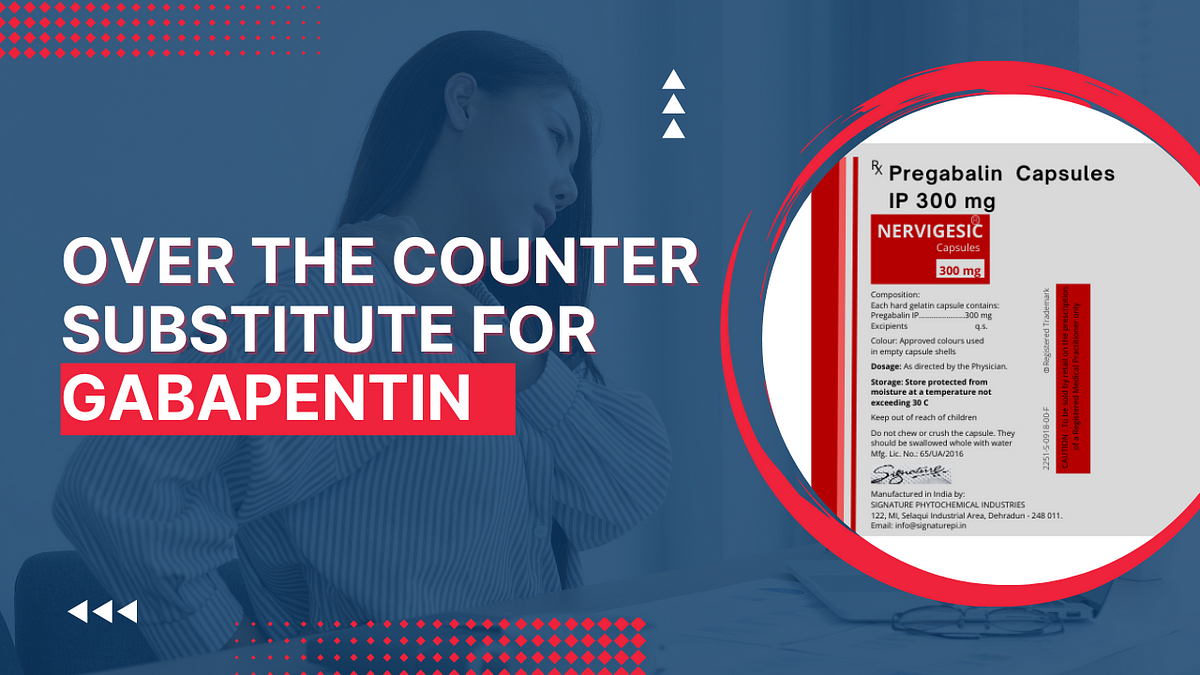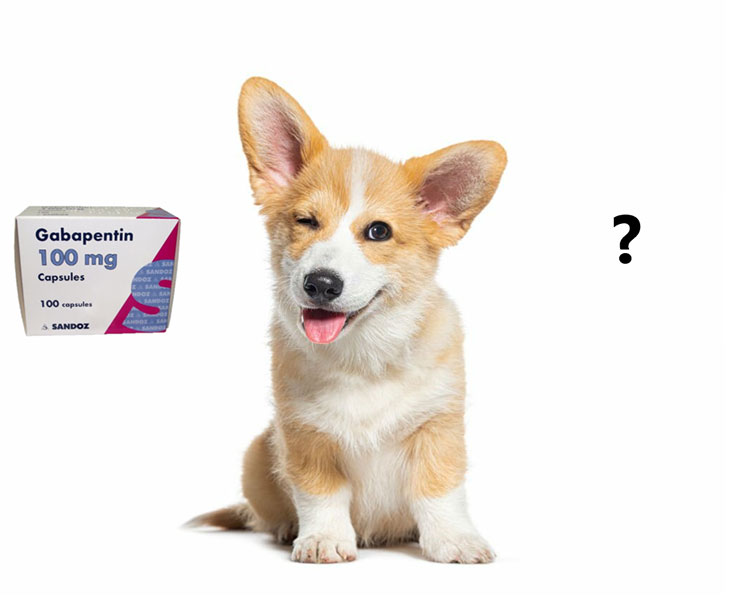What Is A Natural Substitute For Gabapentin

Imagine the persistent, nagging discomfort of nerve pain – a relentless electrical current, a burning sensation that just won't quit. For many, Gabapentin has become a lifeline, offering relief and a semblance of normalcy. But what if there were other paths to explore, gentler avenues that resonate with the body's innate healing capabilities? The quest for natural alternatives to Gabapentin is a journey worth embarking on.
This article explores the landscape of natural substitutes for Gabapentin, examining options from dietary adjustments to herbal remedies and lifestyle practices. It aims to provide information that empowers individuals to make informed decisions about their well-being, in consultation with their healthcare providers, as they navigate the complexities of nerve pain management.
Understanding Gabapentin and Its Role
Gabapentin, initially developed as an anti-seizure medication, is widely prescribed for neuropathic pain – pain caused by nerve damage or dysfunction. It works by calming overactive nerve signals, helping to reduce pain sensations.
While effective for many, Gabapentin can come with a range of side effects, including drowsiness, dizziness, and cognitive impairment. This has led many individuals to seek out potentially safer and more holistic approaches to pain management.
The Appeal of Natural Alternatives
The allure of natural alternatives lies in their potential to address the underlying causes of pain rather than merely masking the symptoms. They often work in harmony with the body's natural processes, promoting healing and overall well-being.
Importantly, it’s crucial to emphasize that natural alternatives should always be discussed with a doctor, especially before discontinuing prescribed medication like Gabapentin. Self-treating can be dangerous, and a healthcare professional can guide the best approach.
Dietary Strategies for Nerve Health
Nutrition plays a pivotal role in nerve health. Certain foods can promote nerve regeneration, reduce inflammation, and support overall nervous system function.
Omega-3 Fatty Acids
Found in fatty fish like salmon, mackerel, and tuna, as well as flaxseeds and walnuts, omega-3 fatty acids possess powerful anti-inflammatory properties. These fats can help reduce nerve inflammation and support nerve cell function, offering potential relief from neuropathic pain.
B Vitamins
B vitamins, particularly B12, are essential for nerve health. Deficiencies in B12 can lead to nerve damage and neuropathic pain. Sources include meat, poultry, fish, eggs, and fortified cereals.
Anti-Inflammatory Foods
A diet rich in fruits, vegetables, and whole grains can help combat inflammation throughout the body. Foods like berries, leafy greens, and turmeric contain potent antioxidants and anti-inflammatory compounds.
Herbal Remedies for Nerve Pain
Traditional medicine systems have long utilized herbs for their pain-relieving and nerve-supporting properties. Some herbs show promise as natural alternatives to Gabapentin, although more research is often needed.
Turmeric (Curcumin)
Turmeric, with its active compound curcumin, is a powerful anti-inflammatory agent. Studies suggest it can reduce pain and inflammation associated with neuropathic pain. However, curcumin is poorly absorbed, so look for formulations with enhanced bioavailability.
St. John's Wort
Known for its antidepressant properties, St. John's Wort has also been studied for its potential to relieve nerve pain. It's believed to work by modulating neurotransmitters in the brain. Note that St. John's Wort can interact with certain medications, so consult with a doctor before use.
Alpha-Lipoic Acid (ALA)
ALA is an antioxidant that may help improve nerve function and reduce pain in individuals with diabetic neuropathy. It protects nerves from damage and reduces oxidative stress. Many people find that ALA helps to reduce pain.
Lifestyle Practices for Pain Management
Beyond diet and herbs, lifestyle practices can significantly impact nerve pain and overall well-being. These practices focus on reducing stress, promoting relaxation, and improving physical function.
Acupuncture
This ancient Chinese medicine technique involves inserting thin needles into specific points on the body to stimulate energy flow and promote healing. Acupuncture has been shown to reduce pain and improve function in individuals with neuropathic pain.
Yoga and Meditation
Yoga combines physical postures, breathing exercises, and meditation to promote relaxation and reduce stress. Meditation can help individuals cope with pain and improve their overall sense of well-being. Studies suggest that yoga can significantly improve pain symptoms.
Exercise
Regular physical activity, even gentle exercise like walking or swimming, can improve blood flow, reduce inflammation, and release endorphins, which have natural pain-relieving effects. Be sure to start slowly and gradually increase intensity.
The Importance of a Holistic Approach
Effective pain management often requires a holistic approach that addresses the physical, mental, and emotional aspects of pain. Combining dietary changes, herbal remedies, lifestyle practices, and conventional medicine, when appropriate, can yield the best results.
It's vital to work with a healthcare team that includes a doctor, a registered dietitian, and other qualified professionals to develop a personalized treatment plan. This team can monitor your progress and make adjustments as needed.
Consulting Healthcare Professionals
Before making any significant changes to your treatment plan, including discontinuing or reducing Gabapentin or starting any new natural remedies, consult with your doctor. They can assess your individual needs, evaluate potential risks and benefits, and provide guidance on the safest and most effective approach.
Also, inform all healthcare providers of any herbs, supplements, or natural remedies you are using to avoid potential interactions with other medications or treatments.
A Journey Towards Wellness
The journey towards finding natural alternatives to Gabapentin is a personal and ongoing process. There is no one-size-fits-all solution, and what works for one person may not work for another.
Be patient, persistent, and open to experimenting with different approaches, always under the guidance of your healthcare team. The goal is to find a combination of strategies that effectively manages your pain and improves your overall quality of life. Remember to focus on sustainable lifestyle changes that support long-term well-being.
Ultimately, the quest for natural alternatives to medications like Gabapentin represents a growing desire for more personalized and holistic approaches to health. By empowering individuals with information and encouraging open communication with healthcare providers, we can pave the way for a future where pain management is both effective and aligned with the body's natural healing capabilities.


















